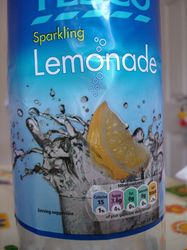E-mailed the Virtual Worlds
It might seem a little over-the-top but I thought it might be a good idea to see what Nicktropolis and CBBC's Virtual World would say about incorporating a Healthy Eating/Living zone into their realities.
It's tough getting any sort of contact details off their websites, but I managed to send both an E-mail and I'll update this post with any useful information I receive back off them.
So watch this space.






